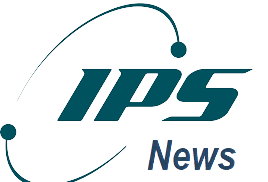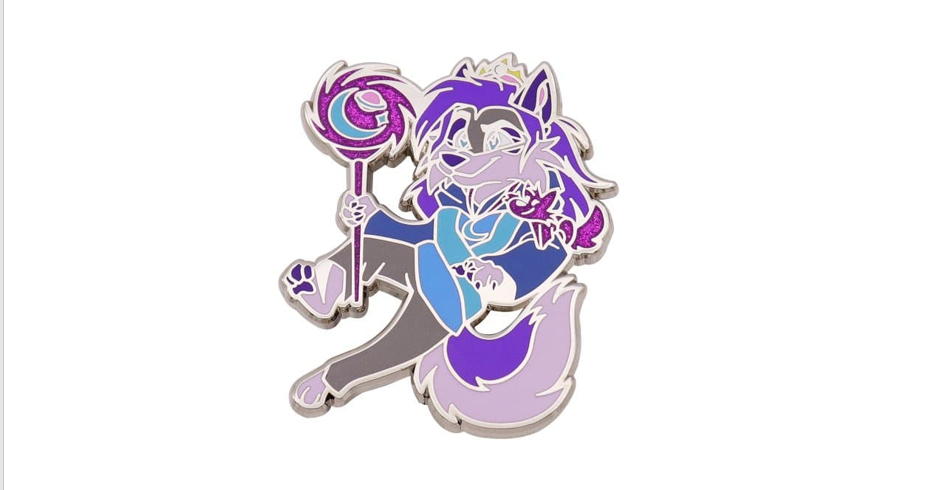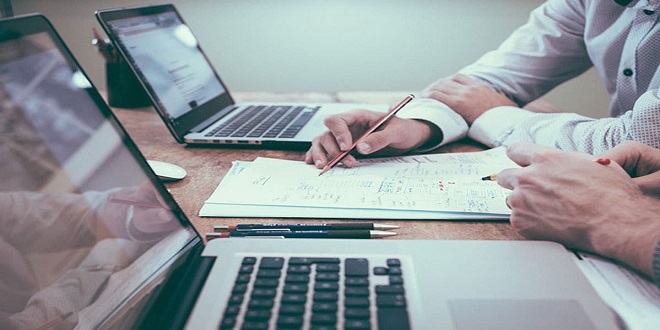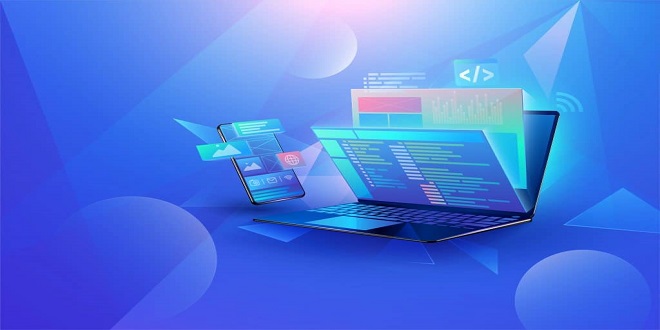The Balance Sheet from the Profit and Loss Account Viewpoint

Coupling the Profit and Loss Account with the Balance Sheet
Sales revenue generates the inflow of assets and expenses cause the outflow of assets. These increases and decreases in assets have to be recorded. Also, some expenses spawn short-term liabilities that have to be recorded. In short, accounting for profit involves much more than keeping track of cash inflows and outflows. Which specific assets and liabilities are directly involved in recording the sales revenue and expenses of a business? And how are these assets and liabilities reported in a business’s balance sheet at the end of the profit period? These are the two main questions that this chapter answers.
Sizing Up Assets and Liabilities
Although the business is hypothetical, we didn’t make up the numbers at random – not at all. We use a medium-sized business that has £25 million in annual sales revenue as the example. (Your business may be a lot smaller or larger than one with £25 million annual sales revenue, of course.) All the other numbers in both the profit and loss account and the balance sheet of the business are realistic relative to each other. We assume the business earns 40 per cent gross margin (£10 million gross margin ÷ £25 million sales revenue = 40 per cent), which means its cost of goods sold expense is 60 per cent of sales revenue. The sizes of particular assets and liabilities compared with their relevant profit and loss account numbers vary from industry to industry, and even from business to business in the same industry.
Sales revenue and debtors
The annual sales revenue is £25 million. Debtors represent one-tenth of this, or £2.5 million. In rough terms, the average customer’s credit period is about 36 days – 365 days in the year multiplied by the 10 per cent ratio of ending debtors balance to annual sales revenue. Of course, some customers’ balances owed to the business may be past 36 days and some quite new. It’s the overall average that you should focus on. The key question is whether or not a customer-credit period averaging 36 days is reasonable or not.
SA&G expenses and the four balance sheet accounts that are connected with the expenses
Cash is paid when recording payroll, mailing and some other expenses. In contrast, insurance and office supplies costs are prepaid, and then released to expense gradually over time. So, cash is paid before the recording of the expense. Some of these expenses are not paid until weeks after being recorded; to recognize the delayed payment the amounts owed are recorded in an accounts payable or an accrued expenses payable liability account.
One point we would like to repeat is that the company’s managers should adopt benchmarks for each of these accounts that are connected with the operating expenses of the business.
Fixed assets and depreciation expense
Depreciation is like other expenses in that, like all other expenses, it is deducted from sales revenue to determine profit. Other than this, however, depreciation is very different. None of the depreciation expense recorded to the period requires cash outlay during the period. Rather, depreciation expense for the period is that portion of the total cost of a business’s fixed assets that is allocated to the period to record an amount of expense for using the assets during the period. Depreciation is an imputed cost, based on what fraction of the total cost of fixed assets is assigned to the period.
The higher the total cost of its fixed assets, the higher a business’s depreciation expense. However, there is no standard ratio of depreciation expense to the total cost of fixed assets. The amount of depreciation expense depends on the useful lives of the company’s fixed assets and which depreciation method the business selects.
Debt and interest expense
For most businesses, a small part of their total annual interest is unpaid at year-end; the unpaid part is recorded to bring the expense up to the correct total amount for the year. The accrued amount of interest is included in the more inclusive accrued expenses payable liability account. You seldom see accrued interest payable reported on a separate line in a balance sheet unless it happens to be a rather large amount or if the business is seriously behind in paying interest on its debt.
Finally Comment
To run a business you need financial backing, otherwise known as capital. Capital is all incoming funds that are not derived from sales revenue (or from selling off assets). A business raises capital by borrowing money, getting owners to invest money in the business, and making profit that is retained in the business. Borrowed money is known as debt; invested money and retained profits are the two sources of owners’ equity. Those two sources need to be kept separate according to the rules of accounting.





